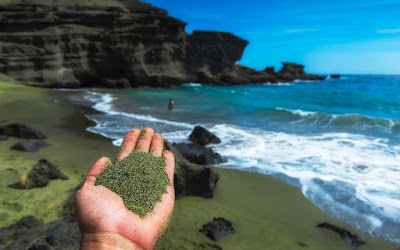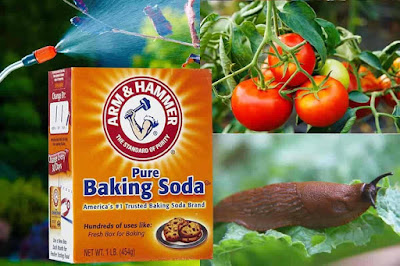Humic acids are complex organic compounds that are found in soil, water, and various organic materials like compost and peat. They are a key component of humus, the organic component of soil that contributes to its fertility and structure. Humic acids offer a range of chemical, physical, and biological benefits in various contexts, including agriculture, environmental remediation, and even potential medical applications. Here are some of the benefits:
1. Chemical Benefits:
- Chelation: Humic acids can form complexes with metal ions, a process known as chelation. This can help in making essential micronutrients more available to plants, promoting their growth and overall health.
- Cation Exchange Capacity (CEC): Humic acids have a high cation exchange capacity, which means they can attract and hold onto positively charged ions (cations) such as calcium, magnesium, and potassium. This increases the nutrient-holding capacity of soil, making nutrients available to plants for a longer period.
- Buffering: Humic acids act as natural buffers, helping to maintain the pH of soil within an optimal range for plant growth. This is crucial because soil pH affects nutrient availability to plants.
- Soil Structure Improvement: Humic acids contribute to the aggregation of soil particles, enhancing soil structure. This improves water infiltration, water-holding capacity, and aeration, which collectively promote root growth and plant development.
- Erosion Prevention: Soil treated with humic acids is less prone to erosion, as the improved soil structure helps hold the soil particles together and reduce runoff.
- Water Retention: Humic acids enhance the soil's water-holding capacity by increasing its ability to retain moisture. This is particularly valuable in arid and semi-arid regions where water availability is limited.
3. Biological Benefits:
- Microbial Activity: Humic acids serve as a food source and habitat for beneficial microorganisms in the soil. These microorganisms contribute to nutrient cycling, disease suppression, and overall soil health.
- Plant Growth Promotion: Humic acids stimulate root growth, increase nutrient uptake, and enhance the efficiency of photosynthesis. This results in improved plant growth, higher yields, and better crop quality.
- Stress Tolerance: Plants treated with humic acids are often more resilient to various stressors such as drought, heat, and disease. Humic acids can help activate stress-response mechanisms in plants, enabling them to cope better with adverse conditions.
- Toxin Degradation: Humic acids can interact with and help to degrade certain pollutants and toxins in soil and water, making them potentially useful in environmental remediation efforts.
It's important to note that while humic acids offer numerous benefits, their effectiveness can vary based on factors such as soil type, application method, concentration, and the specific context in which they are used. Researchers continue to study and explore the potential applications of humic acids in various fields to harness their benefits more effectively.












